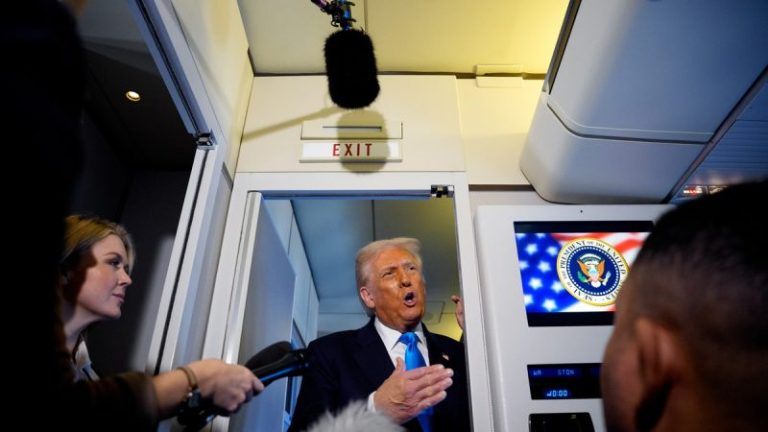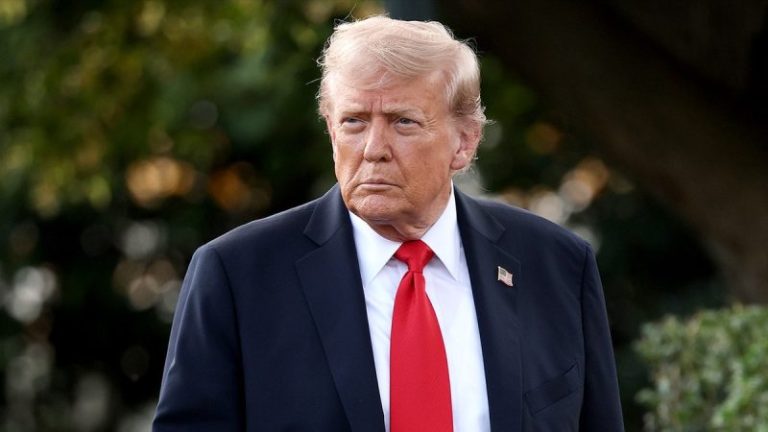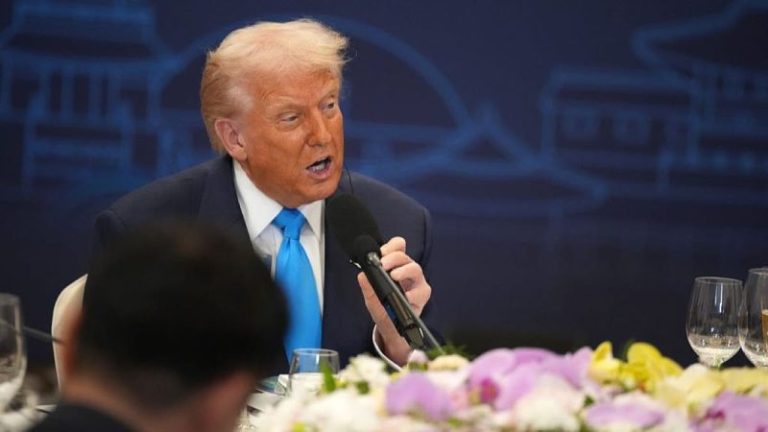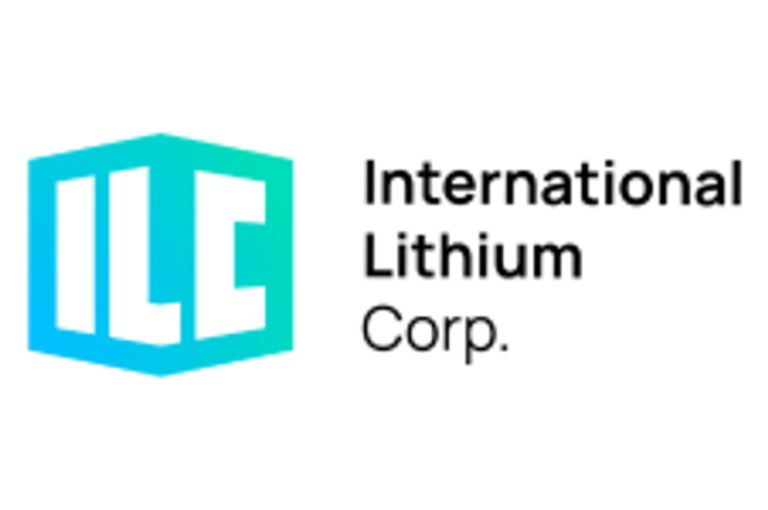Standard Uranium Ltd. (TSXV: STND,OTC:STTDF) (OTCQB: STTDF) (FSE: 9SU0) (‘Standard Uranium’ or the ‘Company’) is pleased to announce that it has closed the final tranche (the ‘Final Tranche’) of its non-brokered private placement (the ‘Offering’) for gross proceeds of $1,513,500. When combined with earlier tranches, the Company has raised gross proceeds of $3,337,400 in connection with the Offering through the issuance of 15,598,750 non-flow-through units (each, an ‘NFT Unit’) at a price of $0.08 per NFT Unit and 20,895,000 flow-through units (each, an ‘FT Unit’) at a price of $0.10 per FT Unit.
The Company anticipates the net proceeds raised from the Offering will be used for the exploration of the Company’s Saskatchewan uranium projects and for working capital purposes.
In connection with closing of the Final Tranche, the Company issued 15,135,000 FT Units at a price of $0.10 per FT Unit. Each FT Unit consists of one common share of the Company issued as a flow-through share within the meaning of the Income Tax Act (Canada), and one-half of one common share purchase warrant (each whole warrant, a ‘Warrant‘). Each Warrant entitles the holder to purchase one additional common share of the Company at a price of $0.15 at any time on or before October 28, 2027.
In connection with closing of the Final Tranche, the Company paid finders’ fees of $69,360 and issued 693,600 non-transferable share purchase warrants (each, a ‘Finders’ Warrant‘) to certain arms-length parties who assisted in introducing subscribers to the Offering. Each Finders’ Warrant is exercisable on the same terms as the Warrants. All securities issued pursuant to the Final Tranche, and any shares that may be issuable on exercise of any Warrants or Finders’ Warrants, are subject to a statutory hold period until March 1, 2026.
The Company also clarifies that in connection with completion of the first tranche of the Offering on September 16, 2025, a finders’ fee in the amount of $3,000 and 37,500 Finders’ Warrants was paid to Alpha Bronze, LLC, an arms-length party. In connection with completion of the second tranche of the Offering on September 24, 2025, a finders’ fee in the amount of $3,000 and 30,000 Finders’ Warrants was paid to 2506153 Alberta Inc., a company controlled by David Lin, an arms-length party. For further information concerning the first and second tranche of the Offering, readers are encouraged to review the news releases issued by the Company on September 16, 2025 and September 24, 2025.
About Standard Uranium (TSXV: STND,OTC:STTDF)
We find the fuel to power a clean energy future
Standard Uranium is a uranium exploration company and emerging project generator poised for discovery in the world’s richest uranium district. The Company holds interest in over 233,455 acres (94,476 hectares) in the world-class Athabasca Basin in Saskatchewan, Canada. Since its establishment, Standard Uranium has focused on the identification, acquisition, and exploration of Athabasca-style uranium targets with a view to discovery and future development.
Standard Uranium’s Davidson River Project, in the southwest part of the Athabasca Basin, Saskatchewan, comprises ten mineral claims over 30,737 hectares. Davidson River is highly prospective for basement-hosted uranium deposits due to its location along trend from recent high-grade uranium discoveries. However, owing to the large project size with multiple targets, it remains broadly under-tested by drilling. Recent intersections of wide, structurally deformed and strongly altered shear zones provide significant confidence in the exploration model and future success is expected.
Standard Uranium’s eastern Athabasca projects comprise over 42,384 hectares of prospective land holdings. The eastern basin projects are highly prospective for unconformity related and/or basement hosted uranium deposits based on historical uranium occurrences, recently identified geophysical anomalies, and location along trend from several high-grade uranium discoveries.
Standard Uranium’s Sun Dog project, in the northwest part of the Athabasca Basin, Saskatchewan, is comprised of nine mineral claims over 19,603 hectares. The Sun Dog project is highly prospective for basement and unconformity hosted uranium deposits yet remains largely untested by sufficient drilling despite its location proximal to uranium discoveries in the area.
For further information contact:
Jon Bey, Chief Executive Officer, and Chairman
Suite 3123, 595 Burrard Street
Vancouver, British Columbia, V7X 1J1
Tel: 1 (306) 850-6699
E-mail: info@standarduranium.ca
Cautionary Statement Regarding Forward-Looking Statements
This news release contains ‘forward-looking statements’ or ‘forward-looking information’ (collectively, ‘forward-looking statements’) within the meaning of applicable securities legislation. All statements, other than statements of historical fact, are forward-looking statements and are based on expectations, estimates and projections as of the date of this news release. Forward-looking statements include, but are not limited to, statements regarding the intended use of proceeds from the Offering.
Forward-looking statements are subject to a variety of known and unknown risks, uncertainties and other factors that could cause actual events or results to differ from those expressed or implied by forward-looking statements contained herein. There can be no assurance that such statements will prove to be accurate, as actual results and future events could differ materially from those anticipated in such statements. Certain important factors that could cause actual results, performance or achievements to differ materially from those in the forward-looking statements are highlighted in the ‘Risks and Uncertainties’ in the Company’s management discussion and analysis for the fiscal year ended April 30, 2025.
Forward-looking statements are based upon a number of estimates and assumptions that, while considered reasonable by the Company at this time, are inherently subject to significant business, economic and competitive uncertainties and contingencies that may cause the Company’s actual financial results, performance, or achievements to be materially different from those expressed or implied herein. Some of the material factors or assumptions used to develop forward-looking statements include, without limitation: the future price of uranium; anticipated costs and the Company’s ability to raise additional capital if and when necessary; volatility in the market price of the Company’s securities; future sales of the Company’s securities; the Company’s ability to carry on exploration and development activities; the success of exploration, development and operations activities; the timing and results of drilling programs; the discovery of mineral resources on the Company’s mineral properties; the costs of operating and exploration expenditures; the presence of laws and regulations that may impose restrictions on mining; employee relations; relationships with and claims by local communities and indigenous populations; availability of increasing costs associated with mining inputs and labour; the speculative nature of mineral exploration and development (including the risks of obtaining necessary licenses, permits and approvals from government authorities); uncertainties related to title to mineral properties; assessments by taxation authorities; fluctuations in general macroeconomic conditions.
The forward-looking statements contained in this news release are expressly qualified by this cautionary statement. Any forward-looking statements and the assumptions made with respect thereto are made as of the date of this news release and, accordingly, are subject to change after such date. The Company disclaims any obligation to update any forward-looking statements, whether as a result of new information, future events or otherwise, except as may be required by applicable securities laws. There can be no assurance that forward-looking statements will prove to be accurate, as actual results and future events could differ materially from those anticipated in such statements. Accordingly, readers should not place undue reliance on forward-looking statements.
Neither the TSX-V nor its Regulation Services Provider (as that term is defined in the policies of the TSX-V) accepts responsibility for the adequacy or accuracy of this release.
NOT FOR DISTRIBUTION TO UNITED STATES SERVICES OR FOR DISSEMINATION IN THE UNITED STATES
To view the source version of this press release, please visit https://www.newsfilecorp.com/release/272329
News Provided by Newsfile via QuoteMedia










